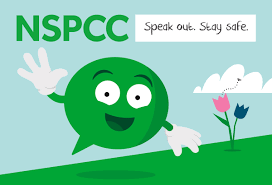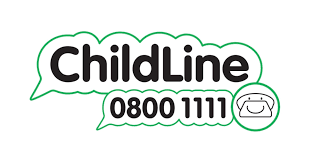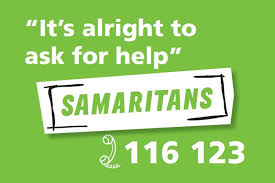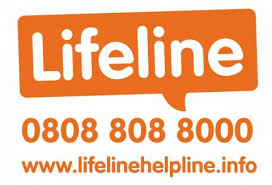Bullying: What is it?
- Learning for Life and Work

- Nov 23, 2020
- 3 min read
Updated: May 9
There is no legal definition of bullying. But it is usually defined as repeated behaviour which is intended to hurt someone either emotionally or physically.
There are many different types of bullying and it can take many forms including:
Physical Bullying: - This includes hitting, tripping, kicking or damaging someone's property.
Social Bullying: - This takes place behind a person's back. It includes rumours, talking about the person without knowing the facts, damaging their reputation and sometimes, causing humiliation.
Verbal Bullying: - This includes insults, teasing, intimidation and homophobic or racist remarks.
Homophobic Bullying: - This occurs when people behave or speak in a way depending on their actual or perceived sexuality. People may be targeted because they are gay, lesbian or transgender.
Racist Bullying: - This occurs when people make comments about a person's skin colour or the ethnic group they belong to or the person's place of birth.
Cyber-Bullying: - Cyber-bullying is the persistent harassment of someone using digital technologies. It can include hurtful texts, emails, posts online, images or videos that make the victim feel uncomfortable, rumours or intimidation of the victim.

Dealing with bullying
The young person should:
Tell someone what has been happening - this could be a parent/guardian, a friend, a teacher in school.
Try to stand up for themselves as much as possible by ignoring the bully, not responding to them and not giving them any attention.
Think about not being on their own when they know the bully is about.
If being cyberbullied, block the number off their phone or block their account online to prevent further bullying and harassment.
If being cyberbullied, think about coming off social media for a while to get a break and some head space and 'turn the bullying off'.
Consider contacting the police about the incidents. If being cyberbullied, the young person will be able to show the police evidence of what has been happening.
Consider talking to someone at an organisation that can give advice and help with the bullying experience such as:
- Kidpower
- Lifeline
QUESTIONS YOU COULD BE ASKED ON THIS
Write down one strategy to deal with cyberbullying. (1mark)
Tell someone/seek advice – parent, teacher, friend, counsellor, police
Evaluate the strategies available to young people in dealing with cyberbullying. (10marks)
One effective strategy is reporting cyberbullying to a trusted adult. Schools and organisations often have clear anti-bullying policies in place. This means the young person can receive immediate support and action can be taken quickly.
Another positive strategy is using privacy settings and blocking the bully. Changing settings and blocking accounts can stop harmful messages. This protects the young person from further emotional distress.
However, some young people may be too afraid to report abuse. They might worry about threats to themselves or their families. This fear can stop them from seeking help and leave them vulnerable.
Another issue is that abusers can create new accounts to continue bullying. Blocking one profile doesn’t guarantee safety. This can make the young person feel helpless and constantly targeted.
In conclusion, while personal strategies like reporting, blocking and privacy settings can be helpful, they are not always effective alone. However, continuing to report abuse to trusted adults, schools, platforms, or even the police is a powerful way to build a record of incidents, increase support, and help prevent further harm.













Comments